Learn how to pair wine with food to make meals better. This guide shows five top combinations that mix flavors and textures. It covers everything from strong reds with big dishes to fresh whites with light meals.
Wine pairing is about finding harmony, not just following old ways. Enjoying a classic Chianti with pasta or a crisp Sauvignon Blanc with Thai food makes dishes better. It shows how wine’s acidity, sweetness, and body work with food’s flavors.
Try pairing like aged Shiraz with venison or Pinot Noir with salmon. See how some wines cut through saltiness or richness. For example, Riesling goes well with Asian dishes, and Sauternes pairs with strong cheeses.
Key Takeaways
- Pair wines by body: light whites with chicken, bold reds with beef.
- Match regional wines to local dishes, like Spanish Tempranillo with tapas.
- Balance acidity with fatty or salty foods—try Riesling with Asian flavors.
- Aged wines shine with complex dishes; younger wines suit lighter meals.
- Sweet wines like Muscat complement chocolate, while dry wines highlight herbs.
Understanding the Art of Wine and Food Matching
Finding the perfect wine for your meal makes dining special. Whether it’s wine for seafood or wine for beef, the right choice makes food taste better. Let’s learn how to match wine and food for unforgettable meals.
Why Wine Pairing Matters for Your Dining Experience
Good wine pairing tips make meals special. When wine and food match, each bite is perfect. For example, a crisp wine for pasta like Chianti goes well with tomato sauce. A buttery Chardonnay makes creamy dishes even better.
This skill is for everyone, not just sommeliers. With a little practice, you can do it too.
Basic Wine Pairing Principles Every Food Lover Should Know
- Match intensity: Light dishes (grilled salmon) go with light whites like Pinot Grigio. Hearty stews need bold reds like Malbec.
- Balance acidity: A tangy Sauvignon Blanc is great after creamy sauces or salty cheeses.
- Consider texture: Sparkling wines like Prosecco are refreshing with rich appetizers.
Remember, wine pairing chart rules are just a starting point. Try different food and wine pairing to find your favorites.
How Wine Characteristics Interact with Food Flavors
Acidity in wine like Riesling makes fatty meats taste better. Tannins in Cabernet Sauvignon pair well with wine for beef. Sweet wines like Riesling balance spicy food.
Dry whites like Chablis bring out seafood’s flavor. Match a wine’s wine flavor profiles to your dish’s taste. Watch as flavors come together beautifully.
5 Wine Pairings with Foods That Will Elevate Your Meals
Make your meals special with these perfect wine pairings. They show how food and wine go great together. Whether you’re learning wine and dinner pairing or trying wine for seafood, these pairings will make every bite amazing. Discover how wine pairing tips can make simple dishes taste like gourmet.
Grilled Salmon with Pinot Noir: A Match Made in Culinary Heaven
Pinot Noir is a light red wine food pairing that’s perfect with salmon. Its bright acidity cuts through the salmon’s richness. The red fruit notes match the caramelized carrots.
Serve the wine slightly chilled at 60–65°F. This lets the wine’s earthy undertones shine with quinoa’s nutty flavor.
Garlic Butter Shrimp Scampi and Sauvignon Blanc: Citrus Perfection
Sauvignon Blanc is a crisp white wine pairing that’s great with shrimp scampi. Its lemony zest makes the garlic butter sauce even better. The grassy notes echo the herbs in the dish.
Its mineral elements balance the briny shrimp. This combo is perfect for wine for seafood lovers. It also pairs well with Thai fish cakes or coriander-studded dishes.
Chicken Parmesan with Chianti: Classic Italian Harmony
Tomato sauce’s acidity meets Chianti’s bright berry flavors in this wine for pasta triumph. Sangiovese’s spice complements mozzarella’s creaminess. This makes it a best wine and food pairings standout.
Choose Chianti Classico for the best flavor alignment with classic Italian dishes.
Clam Stew and Chablis: Celebrating Seafood’s Delicate Flavors
Chablis’ flinty character mirrors clams’ briny essence, creating a wine pairing for beginners classic. This unoaked Chardonnay’s crisp acidity cleanses the palate between spoonfuls of stew.
This shows that white wine pairing doesn’t have to be complicated.
These best wine with food matches use simple principles. Let acidity cut through richness, and let flavors converse. Try these wine pairing chart staples, adjusting temperatures as noted. Watch everyday meals turn into special occasions worth toasting to.
Wine Pairing Tips for Beginners: Building Your Confidence
“The best pairings are the ones you enjoy. So if that means washing down a steak with sauvignon blanc, lobster with pinot noir, or chocolate with rosé, that’s perfectly fine.”
Wine pairing for beginners is simple. Trust your taste. It’s not about strict rules. Start with examples like grilled salmon with pinot noir or clam stew with chablis.
Adjust based on what you like. This guide is flexible, not fixed.
- Start with adaptable wines. Sauvignon blanc isn’t just for shrimp scampi—try it with goat cheese salads or asparagus. Pinot noir works with salmon, poultry, or mushroom dishes.
- Match weight. Light wines (like chardonnay) suit delicate meals. Bold reds (cabernet) pair with hearty dishes like braised beef.
- Focus on dominant flavors. The tomato sauce in chicken parm isn’t just about the chicken—chianti’s acidity cuts through the richness perfectly.
Join a class to build skills. Uncorked offers two-hour sessions for $79, while Noble Riot’s Flight Club ($69/month) lets you explore flights free. Their 4.5-hour Italian wine course ($195) dives deeper into flavor matching. Even a sommelier’s advice? Ask servers at tastings—they’re full of tips!

Serving temperature changes taste. Reds shine at 62–68°F. Whites and rosés? Chill to 50–60°F. Sparkling wines? Colder at 40–50°F. Keep a notebook to track favorites. And don’t forget: wine and meal matching is about joy, not perfection. Start small, experiment, and let your taste buds lead!
Red Wine Food Pairing: Beyond the Basics
Learning about red wine food pairing opens a world of flavors. Start by pairing bold wine for beef dishes like braised short ribs with Cabernet Sauvignon. Choose a Napa Valley wine from Cellar Beast, known for its 28 awards in three years. Their Dark Angel Cabernet got 97 points at the 2023 Sunset Competition, showing its perfect match for hearty meals.

- Cabernet Sauvignon: Pair with grilled lamb chops or wild game. Look for Napa Valley bottles with firm tannins.
- Syrah/Shiraz: Columbia Valley Syrah is perfect with smoked meats and bold spices.
- Zinfandel: Its jammy notes are great with tomato-based dishes like hearty stews.
Light-bodied reds like Pinot Noir add elegance to lighter fare. Serve them slightly chilled—55°F—to highlight their vibrant cherry and floral notes. Pair with seared tuna or spicy dishes to balance heat. Gamay from Beaujolais adds brightness to charcuterie boards.
Pro tips for perfect pours:
- Serve reds at 60-65°F using a thermometer for consistency.
- Decant bold wines 30-60 minutes before serving to soften tannins.
- Use wide-bowled glasses to enhance aroma and flavor integration.
For elegant dinner pairings, use a wine pairing chart to match dishes with flavor profiles. The right wine makes each bite special, turning meals into unforgettable gourmet wine pairings!
White Wine Pairing Secrets: From Seafood to Desserts
Learning white wine pairing is about knowing how acidity and texture change meals. Crisp whites like Sauvignon blanc and Chablis are great with seafood. Full-bodied whites are better for richer dishes. We’ll find out how to mix flavors for every meal.
Begin with wine for seafood. Chablis, an unoaked Chardonnay from Burgundy, is perfect with clam stew. Its crisp acidity cuts through the broth’s richness. Citrus notes make your palate feel fresh.
For shrimp, sauvignon blanc’s zesty acidity matches citrusy flavors. Spain’s Albariño from Rías Baixas is great with oily fish like sardines. Its salty minerality is a perfect match.
Crisp Whites for Fresh, Light Dishes
Light dishes need wines that complement without overpowering. Sauvignon blanc’s herbaceousness is great with salads and goat cheese. Chablis’ stony minerality is perfect with oysters.
Try Portugal’s vinho verde with light pasta salads. Its slight effervescence cleans your palate. Match a wine’s brightness to a dish’s freshness for wine and meal matching.
Full-Bodied Whites for Creamy, Rich Foods
Rich dishes need fuller whites. Oaked chardonnay (like those from California) is good with lobster bisque or creamy chicken. Spain’s treixadura adds nutty notes to herb-roasted veggies.
For wine for pasta in Alfredo sauces, choose viognier. Its tropical fruit tones balance the sauce’s richness. Serve at 50°F to show off its texture.
Sweet Whites and Dessert Pairings
Sweet endings need bold wine pairing tips. Sauternes’ honeyed apricot flavors are perfect with fruit tarts. Moscato d’asti bubbles well with strawberries.
For dark chocolate lovers, ruby port’s bold fruitiness is a great match. Remember, dessert wines should be sweeter than the dessert. Try German beerenauslesen riesling with pear tarts for an elegant dinner pairing.
Conclusion: Elevating Your Dining Experience Through Perfect Wine Pairings
Learning about wine and food matching is exciting. You’ve seen how different wines go well with foods. For example, Pinot Noir pairs well with salmon, and Chablis is great with seafood.
These pairings make meals better by balancing flavors. They are just the beginning of your wine and food journey.
Nevis shows how these pairings work in real life. They pair Goat Water with Malbec and mahi-mahi with Chardonnay. Local winemakers even make wines like mango blends.
These wines go well with dishes like spiced conch chowder or Black Cake. It’s a mix of old and new.
Try these pairings at home or at places like The Lime Beach Bar. You can also go to the Nevis Wine and Food Festival. There, you can try Chablis with clam stew or Sauvignon Blanc with shrimp.
Long Island Wine & Spirit Merchant has great wines for trying new things. You might like Syrah with beef stew or sparkling wine with lobster.
Trust your taste buds as you try new things. The fun is in finding what you like. Start with these ideas, then change things up and keep notes.
Your next favorite pairing might be Cabernet with beef stew or tropical fruit wine with dessert. The best pairings make you happy.
FAQ
What is wine pairing?
Wine pairing is when you match wine with food. It makes eating better. The goal is to mix flavors that go well together.
How do I choose the right wine for different foods?
Think about the food’s weight and flavor. Light foods go with light wines. Heavy foods need strong wines.
Also, match flavors and consider where the food and wine come from.
Can I pair red wine with seafood?
Yes! You can pair red wine with seafood. Pinot Noir is a good choice for rich seafood dishes.
What are some beginner wine pairing tips?
Trust your taste. Pick wines that go with many foods. Match the wine’s weight to the food’s.
Think about the food’s main flavors. Start with easy pairings and note what you like.
Why is temperature important when serving wine?
The right temperature changes how wine tastes and smells. Red wines are best a bit cool. White wines should be chilled but not too cold.
What should I do if a wine tastes flat with my food?
This means the wine and food don’t match. Check if the wine’s acidity, tannins, or flavors match the dish. Choose a better wine for a better taste.
How can I explore more wine and food pairings?
Try the five pairings I suggested. Then, change the wine or the dish a bit. Keep a journal of your tries. It helps you learn more about wine.
What are some classic wine and food pairings I should know?
Know these pairings: Chianti with Italian dishes, Sauvignon Blanc with shellfish, and Cabernet Sauvignon with beef stew. These are great to start with.
Disclaimer: AI-Generated Content. AI makes this blog and all images

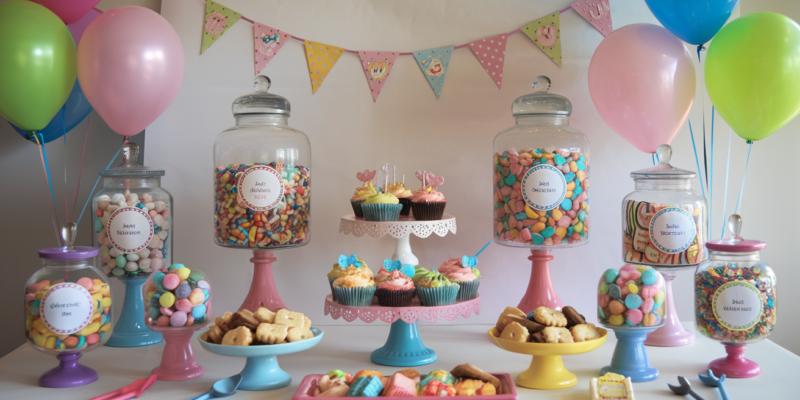




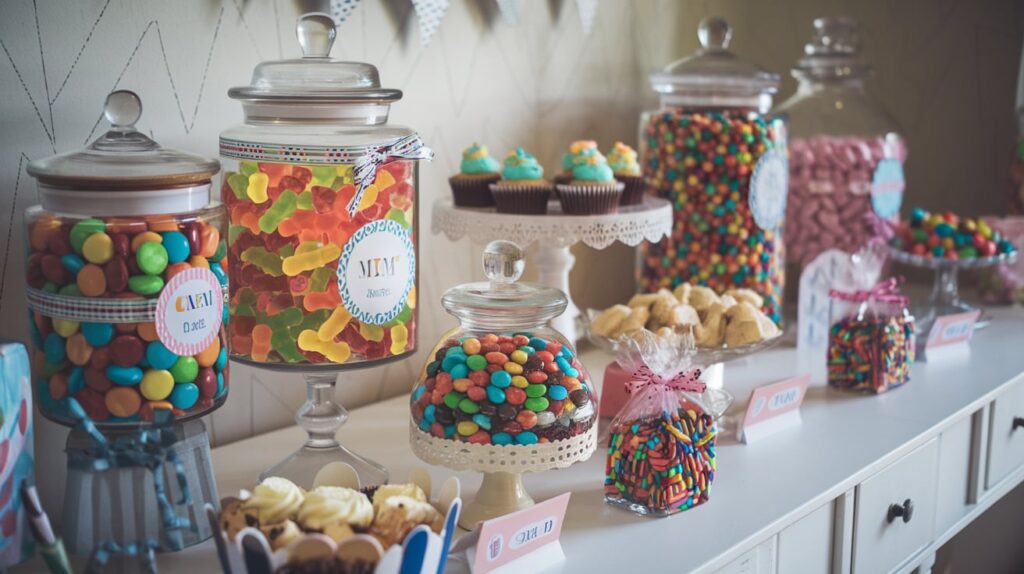







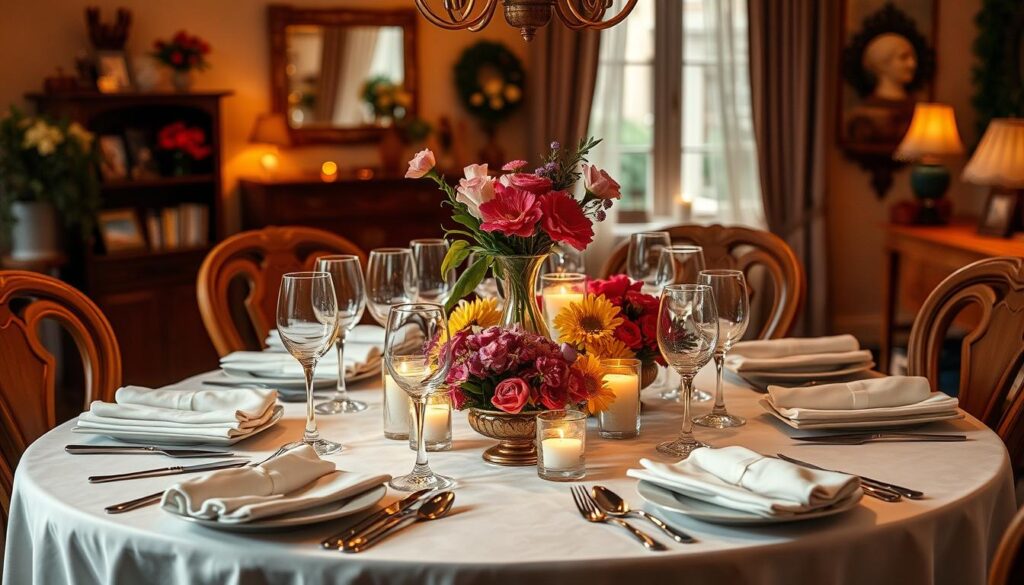

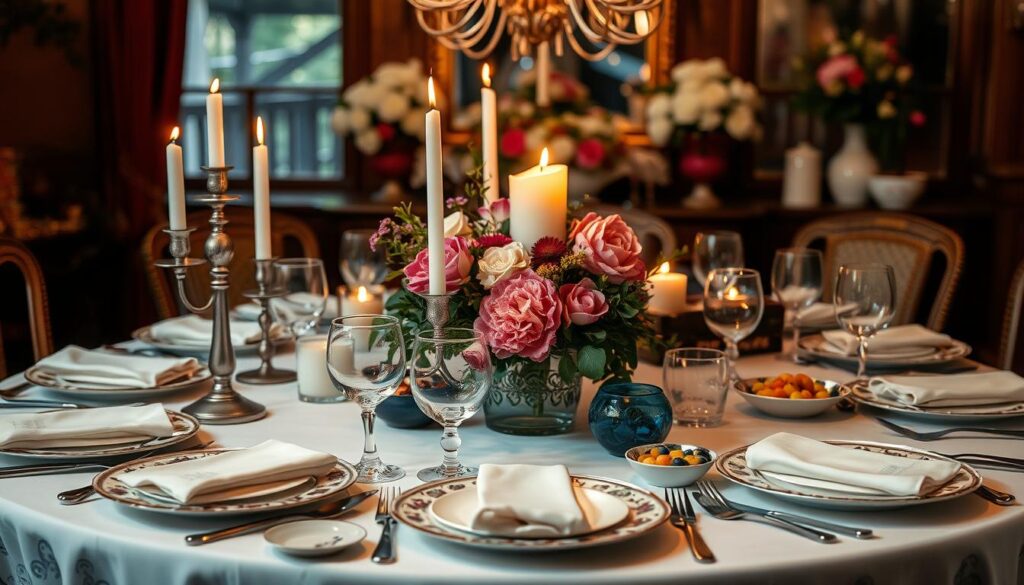






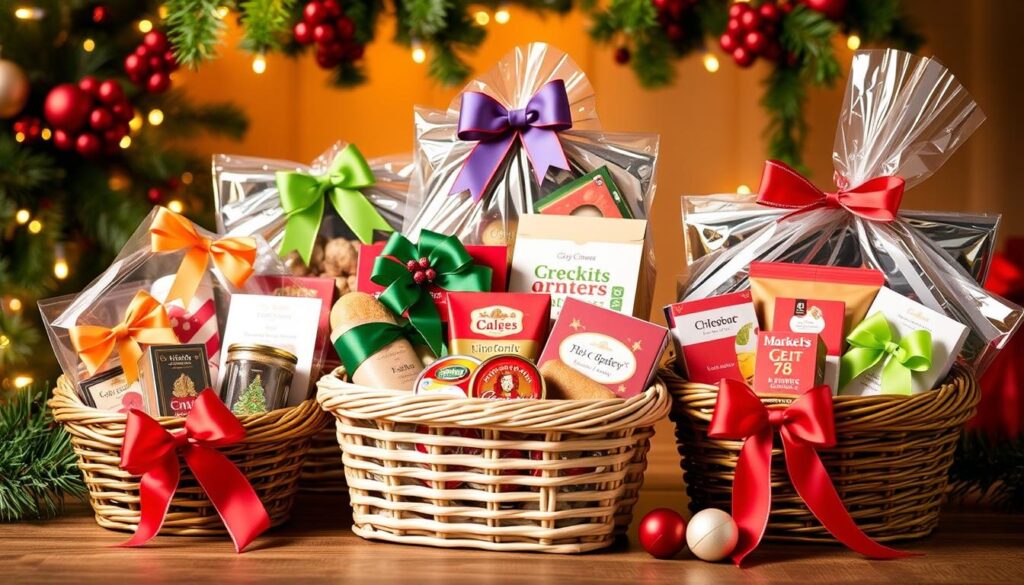
Leave a Reply
You must be logged in to post a comment.